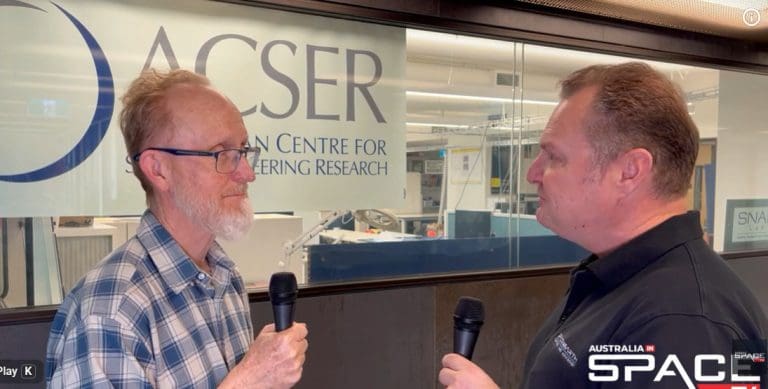Neuromorphic Engineering offers an alternative approach to increased computational performance by changing the structure of electronic circuits. Current electronic processors need increasing transistor density for increased performance, but Neuromorphic Engineering instead takes inspiration from the architecture and signal processing in biological neural systems to enhance performance. Western Sydney University is home to world leading researchers in neuromorphic engineering who undertake world changing research.
Gregory Cohen is an associate professor in Neuromorphic Systems and the deputy director of the International Centre for Neuromorphic Systems (ICNS) at Western Sydney University. He leads the neuromorphic algorithms and space applications for ICNS. Prior to returning to research from industry, he worked in several start-ups and established engineering and consulting firms including working a consulting engineer in the field of large-scale HVAC from 2007 to 2009, as an electronic design engineer from 2009 to 2011, and as an expert consultant for Kaiser Economic Development Practice in 2012. He is a pioneer of event-based and neuromorphic sensing for space imaging applications, unsupervised feature extraction, bio-inspired machine learning, and neuromorphic computation systems.
To find out more visit
https://www.westernsydney.edu.au/icns…
https://www.westernsydney.edu.au/
Here are some additional videos about some of the ICNS work.
Watching rockets with Neuromorphic cameras: https://youtu.be/f_DEjYafPIk
Rocket launch from a Neuromorphic Camera – Events vs. Frames: https://youtu.be/cIrf4mpPXOw
Neuromorphic Cameras – 4 hours of a rocket launch in 1 min 40 s! https://youtu.be/vfVMfccaFII
Full Lunar Eclipse through a Neuromorphic Event-based Camera: https://youtu.be/5ct78VxCGlQ





